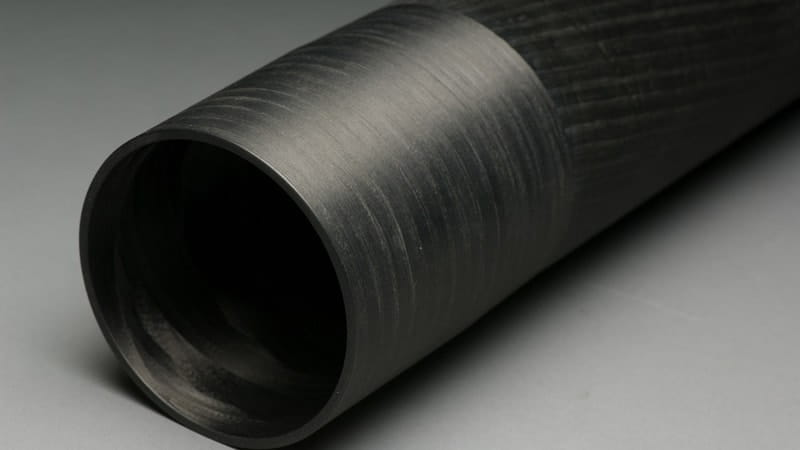Thermoplastic AFP

Thermoplastics are melt-processable plastics. When a thermoplastic polymer is heated above its melt point, the plastic softens enough to be consolidated. When the heat source is removed and the temperature drops below the plastic’s melt point, it freezes, or solidifies. This process can be repeated, allowing parts to be created one layer at a time. Complex geometries can be formed with thermoplastics without the need for secondary processing, such as curing in an autoclave.

Compared with traditional metal materials, neat (unreinforced) plastics, and even thermoset composites, fiber-reinforced thermoplastic composites:
- Have dramatically superior strength-to-weight capabilities
- Offer lighter, less brittle, tougher parts
- Possess greater fatigue properties
- Provide greater resistance to corrosive chemicals, water absorption and heat
- Utilize Out-of-Autoclave (OoA) processing that drastically reduces cycle times and energy consumption
As an additive layering process, the use of thermoplastic composites can trim significant time and expense during design, prototyping, and manufacturing. Thermoplastics are recyclable and repairable, which cuts down on waste, and their ability to bond to differing materials enables the creation of hybrid structures.